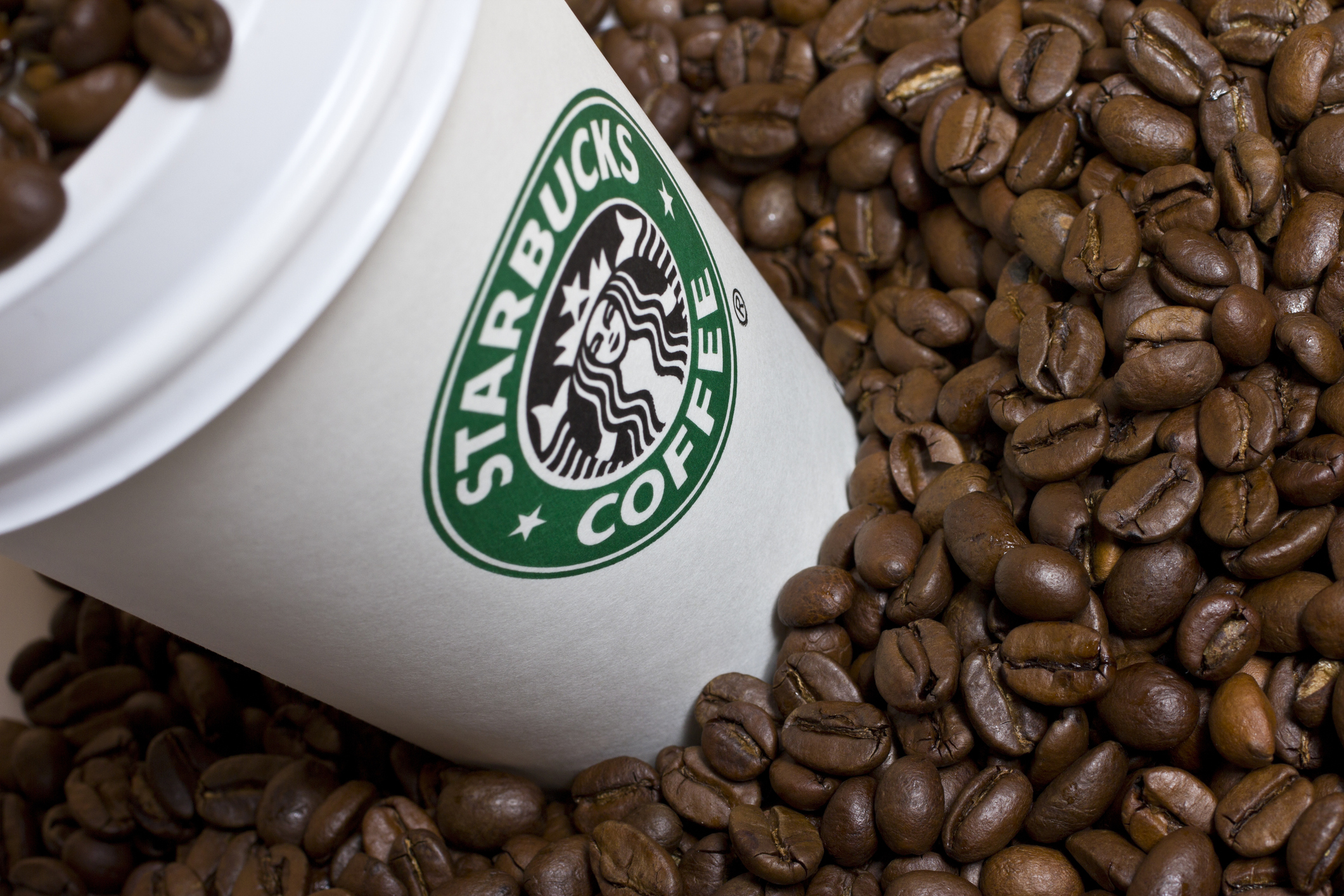
Washington D.C. is now home to Starbucks' most accessible store yet, and it is laying the groundwork for the chain to have an even more accessible future.
The coffee giant said its newest location, which opened on February 15, is the first of its kind to include a slew of new features and tools to create a more inclusive environment for customers.
As Starbucks noted in a statement, the move comes at a time when about one in four adults in the U.S. has a disability.
The number of older adults with disabilities is expected to climb in the next decade as more baby boomers grow older and develop challenges such as difficulty walking, seeing and hearing, according to a January 17 KFF Health News report. The U.S. healthcare system is not prepared to handle the influx, according to the report.
Some companies are beginning to provide more accessibility more broadly. These include AccessibleGO, an accessible travel website that launched a major expansion last month that includes booking equipment rentals, flights, rental cars with hand controls and concierge ride services for wheelchair-accessible vehicles.
But, while more work needs to be done, Starbuck's commitment is certainly a positive sign, said Tony Coelho, a former U.S. congressman and primary author of the Americans with Disabilities Act (ADA), who is quoted in Starbuck's announcement.
"We have to go beyond just what is required to put accessibility and inclusion first to ensure all people feel like they belong in community spaces," he said.
Expanding accessibility features
Under the ADA, restaurants and other public businesses "must provide people with disabilities an equal opportunity to access the goods or services that they offer."
That, however, is often simply not the case, as Maria Town, Maria Town, president and CEO of the non-profit American Association of People with Disabilities (AAPD), told Kiplinger.
"It is good to see retailers making commitments towards accessible and inclusive retail experiences because the reality is, even almost 34 years after its passage, many retailers are not compliant with the Americans with Disabilities Act," she said.
"It is also good to see Starbucks announcing its support of particular policy changes that would advance greater economic mobility and community integration for disabled people," Town said. The presence of accessible and inclusive retail spaces are "less meaningful when systemic ableism in our nation's policies keeps people with disabilities from having disposable income," she added.
Starbucks' new framework
At Starbucks, its store design is a collaboration between customers, partners and accessibility experts, Starbucks said. It will also serves as the blueprint for all future store openings, which will be roughly 600 stores this year, it added.
Plans call for new stores to be open sourced and further developed to help expand accessibility across the retail industry.
New design elements and store features include:
- Portable, adjustable digital menus and order screens that include voice assist, screen magnification and images to make ordering easier in any language.
- Power operated doors.
- Order status screens to assist in informing customers when their orders are ready.
- Updated lighting and acoustics to minimize glare, shadow patterns and sound that can interfere with assistive devices.
- Lower counters to accommodate wheelchair access.
- More accessible pathways into, through and out of the store.
To take a virtual tour of the coffee chain's Washington, DC store built using its inclusive spaces framework, visit the website.







